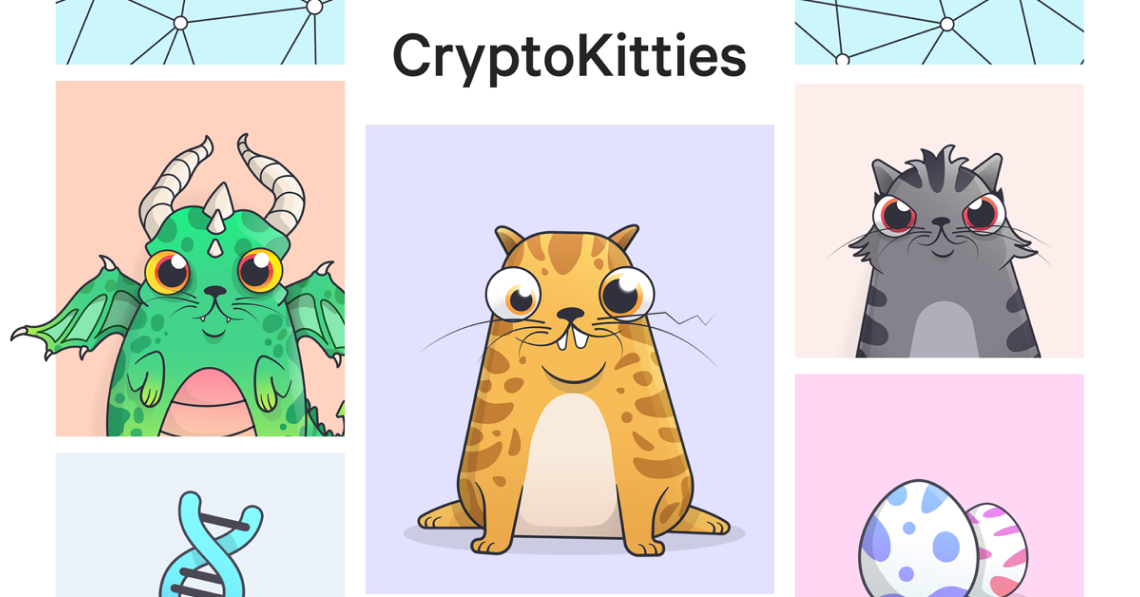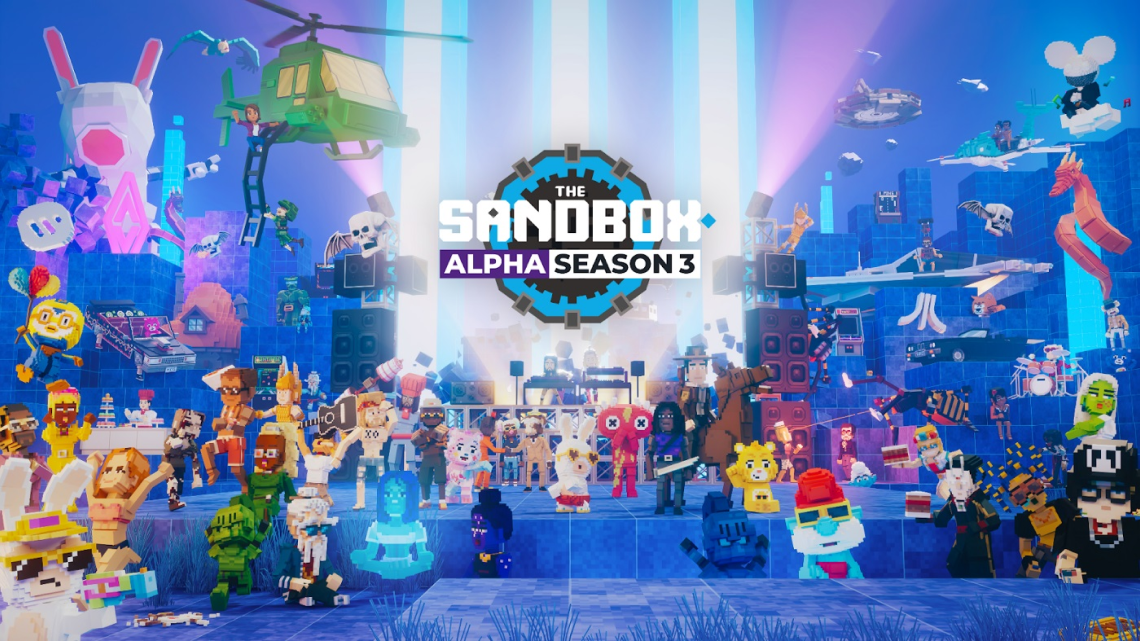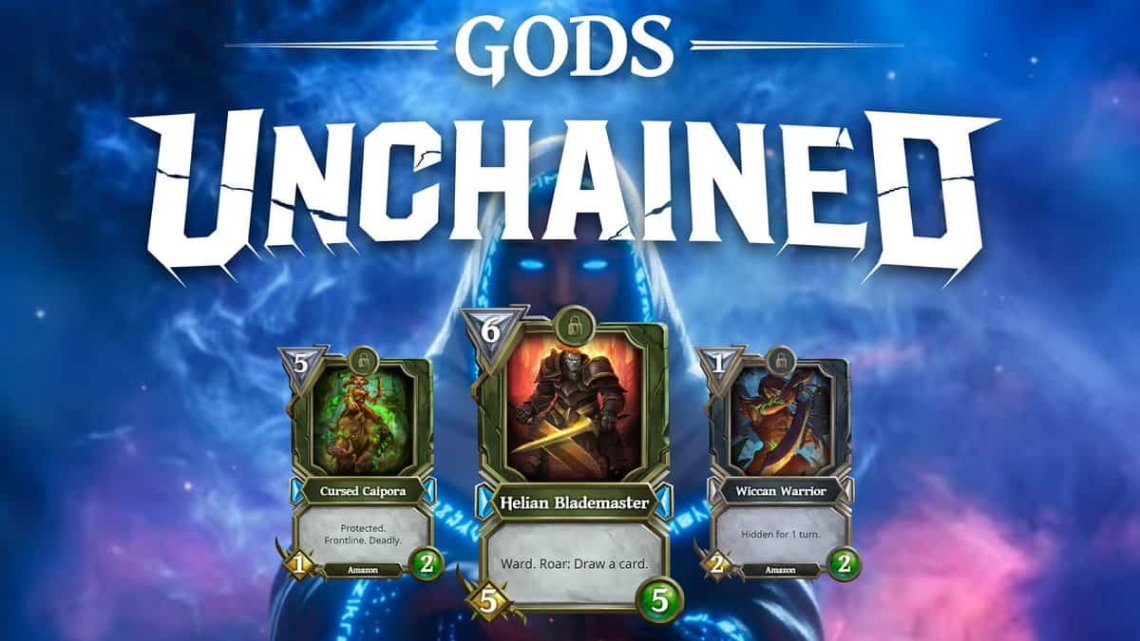
Play to Earn Games – Gaming Fad or Future?
The popularity of video games spreads across geolocations and demographics with everyone from a teenage student in the US to a blue collared worker in China.
In 2022, there were over 3.03 billion gamers in the world and this number is consistently increasing. The gaming industry has generated massive revenue and has grown to the extent that certain governments have begun limiting the usage of video games for impressionable players. In a nutshell, the gaming industry is massive and the ROIs achievable are sky-high.
While the industry is controlled by a select few AAA studios, EA, Ubisoft, Riot, and Bethesda to name a few, an equally large chunk is comfortably occupied by indie studios that are capable of producing games of quality at par with their studio-backed counterparts. This means that the industry still sports a very large window of opportunity for new entrants, and upcoming technologies; one of which is Play To Earn Games.
What is Play to Earn (P2E) Gaming?
The name says it all. P2E or play to earn games allow players to earn real money by playing video games. P2E games depend on the decentralized nature of blockchain technology and most offer payouts in the form of cryptocurrencies, and NFTs. So how does all of this work? Here’s how:
In play-to-earn games, players grind to earn in-game assets like weapons, skins and powerups and even in game currency. While in traditional gaming these assets only hold value within the game, in P2E games these assets can be traded with other players outside the game for real-world crypto or in some rare cases, fiat money.
I can see you raise a skeptical eyebrow at this concept given all the flack cryptocurrencies have received recently (Thanks FTX), but rest assured the combination of entertainment and the possibility of making money is a potent combination, bringing in players by the hoards, another crucial element to building the value of in-game assets, crucial to the continued success of P2E games.
Traditional Vs. P2E Games
Contrary to the closed-economy system of assets in traditional games, P2E games sport their own virtual economy. They have their own monetary system based on either established cryptocurrencies like Solana or Ethereum or on their proprietary tokens.
While the specs of each game’s tokenomics (availability vs. demand) may vary, every in-game asset in P2E games carries real-world value and can be used to trade or kept dormant to accrue greater value over time and as more players join in on the fun.
In P2E games, a player can beat a challenge/fellow player to earn crypto or trade an NFT on the in-built store of the game or even rent out virtual land. If the game is sufficiently popular, a gray market for assets and NFTs might also arise.
Top P2E Games
Only a decade ago, a person who grinds in a game as though his full-time job would be labeled as a recluse, a hikikomori, and even a little eccentric.
But with the proliferation of pro-gamers who have amassed large fortunes thanks to P2E games and the financial incentives of the blockchain, gaming as a profession is looking a lot rosier. Here are 4 of the top P2E games available in today:
1. CryptoKitties

CryptoKitties is one of the first P2E games to have achieved mass adoption by the gaming community and it is also the first NFT game created on Ethereum’s blockchain. CryptoKitties was launched in 2017 by Dapper Lab and witnessed a meteoric rise in the P2E sphere as players became addicted to the simple mechanic of collecting, breeding and trading unique digital cats.
Every Cryptokitty in the game is an NFT in its own right, with stats like rarity and traits that add further value to it.
A fine example of GameFi in action, CryptoKitties soon took precedence in the Ethereum blockchain forcing developers to create a separate blockchain for the game so as to accommodate the vast volume of transactions that the game and its associated trading generated.
As of 2023, CryptoKitties sports over 100000 players and over two million digital cats. This number adds up to millions in Ethereum, making it a perfect win for both developers and players.
2. Axie Infinity

Borrowing from the pet vs. pet trope of Pokemon Axie Infinity involves collecting and breeding digital creatures called Axies and then having them battle against other players and create kingdoms of their own.
The developers state that Axie Infinity is a digital nation owned by its players offering them control not only over their Axies but also over the general direction of the game’s evolution.
The decisive factor that places Axie Infinity over similar games in the P2E space is the fact that it sports over 3 million active players daily and a trading volume of $3 Billion.
3. The Sandbox

Going by the collection on the OpenSea Market, The Sandbox has consistently placed in the top 10 P2E games. Rubbing shoulders with older behemoths like Bored Ape Yacht Club, Doodles, and World of Women, SandBox is easily one of the top P2E games out there.
Diverging a little from the breed and trade model of the previous two games on our list, The Sandbox is very similar to the Metaverse where players can buy and sell virtual space and assets for the game’s own virtual token called $Sand.
4. Gods Unchained

Trading Cards have been a top grosser ever since they first appeared in physical form. Today numerous card-collecting games populate the market and when it comes to P2E games, Gods Unchained rules the roost.
The cards in the game are similar to Pokemon cards but instead of just being digital sprites, each card is an NFT and uses the blockchain to offer the player proof of ownership.
Talking about numbers, God’s unchained has minted 7 million NFTs and 1.3 million decks in sales.
The game is PvP with a ‘winner takes all system’. Given that each card is actually owned, players can trade with their assets making it a lucrative business is given the sheer number of active players. The best bit about the game is that it is free to play, thus lowering its barriers to entry and nurturing an ever-growing player base.
4 Benefits of Developing Play to Earn Games
In addition to the monetary quotient of building and publishing a game, P2E games come with a set of unique benefits. Some of them are as follows:
Enhanced Engagement
P2E games have a monetary aspect along with pure gameplay. This causes the player to be more immersed and engaged in the game world given that his focus and skill-building could result in an actual payout.
Higher ROIs
A successful, well-accepted P2E game can mean an astronomical figure in terms of profit/ROI for its developers. In addition to traditional revenue streams such as outright purchases, and in-game advertising, the value of in-game assets inflate proportional to the growth of the game’s player base.
Higher Player Loyalty
Since P2E games offer players to earn rewards for the time and effort they invest in the game, the loyalty players feel for such games is also increased. If a player feels a sense of accomplishment by completing a challenge or defeating another player in addition to being incentivized with real-world value, he is bound to remain loyal to the game.
Increased Brand Awareness
P2E games can integrate branded content into the game world offering publishers the opportunity to reach new audiences and generate awareness for their/their affiliate’s products.
4 Risks of P2E Game Development
As it is with everything, P2E games also have associated risks. Here is a quick list of the top 4 risks of P2E game development:
1. Security Risk
Online gaming platforms (P2E or otherwise) are always susceptible to the risk of being hacked where hackers can gain access not just to personal data but can even steal players’ money.
2. Legal Risk
With money flowing in, it becomes very easy for a developer to begin to circumvent the law in bid to acquire even more money. This could then result in lawsuits from players and other stakeholders.
3. Reputational Risks
If the game begins experiencing technical issues, it could prove very damaging for its reputation as well as the reputation of the people associated with the game. There is also the possibility that orthodox financial institutions stop recognizing crypto as a legitimate currency.
4. Financial Risks
The most pressing risk for a P2E game is the fact that if it isn’t funded properly, and players decide to move onto a different game, the entire system as well as other affiliates invented in the game may run the risk of losing a lot of money.
Features to Consider While Developing P2E Games
Even though the underlying concept of P2E games seems, there are several layers of complexity that need to be accommodated before one can create a successful P2E game.
Considerations like the business model, the game’s token economy, the blockchain platform, compliance issues and game design all play a part in the value proposition of the game.
Some features that need to be taken into consideration while developing P2E games are as follows:
Sustainability and Scalability
The primary consideration when developing a P2E game is verifying that every user is an actual person instead of a bot there to take advantage of the game’s rewards.
The game must also be scalable and flexible enough to handle a large influx of players once it becomes popular. The developers will have to create new income streams and engagement tactics to keep both old and new players involved in the game. Budgeting for upgrades and maintenance is also an essential component of making the game sustainable in the long run.
Comprehensive in-Game Economics
P2E in-game economics or ‘Tokenomics’ is essential to the value proposition of the game. Having a strong strategy backing the demand and supply of the game’s tokens, accurate valuation of in-game assets and NFTs is mission-critical.
Another important feature to consider to help the game’s tokenomics is to create a governance token that allows players to vote on changes and make proposals to add value to the community on both sides of the table.
The Right Blockchain
Finding the right blockchain platform is an essential consideration to make while developing a P2E game.
Given that crypto games are powered by blockchain technology and are heavily reliant on its stability, one must take a cold hard look at parameters like sustainability, consensus mechanisms, speed, transaction security, fees charged and NFT support.
Stakeholder Interest Protection
An ideal P2E game should cater to the interest of all stakeholders including gamers, investors and developers. Every participant must be provided with the proper motivation to keep stakeholders loyal and thus keep the game alive and kicking,
An effective P2E model must offer a layered user structure where gamers can play with or without the monetary aspect looming over them. Investors must also be given an equal say achieved by positioning them as admins, governors or speculators.
Appealing Design
While it is true that even the most alluring design will prove to be of no use if the business model or the tokenomics of a game are skewed/flawed. Well-structured game logic and a non predatory approach is essential to the success of a P2E game. That being said, an appealing intuitive design can work wonders when it comes to attracting players and investors.
Cost of Building a P2E Game
Game development is a multistage process that demands the involvement of a dedicated team of experts. The costs of building a P2E game depend upon the following factors:
- Game Complexity
- Genre
- Platforms Supported
- Animations
- Multiplayer Mode
- eSports
- Competition Mechanisms
- In-game and cross-game stores
- Gameplay Mechanics
- Tokenomics
- Blockchain Platform Fees
- Cut Scenes
- In-game and cross-game stores
Taking the above factors into consideration the cost of building a P2E game can be further divided into 3 categories:
1. Indie Games
‘Indie’ or independent video games are games built without the backing of a publisher. Building an indie game can cost anywhere between $250K to $750K.
2. AAA Games
AAA games are high-profile, high-budget games produced and distributed by established studios. The cost of a AA game can run into millions of dollars but they also have the highest ROI.
3. Triple “i” Games
Triple “i” games are a mix of indie and triple-A games. They sport the genre-bending nature of an indie game clubbed with the budget of a AAA game. Development costs range from $1 million to $10 Million.
In Summation: P2E Will Find its Niche
As P2E games continue to prove to be of value to both developers and players, integration of P2E with the ever-evolving metaverse doesn’t seem to be a very far-fetched notion.
While the space of crypto and NFT gaming is still in its nascense, many big names are now clamoring to be a part of the P2E ecosystem. Gaming behemoth Ubisoft (of Prince of Persia, Far Cry and Assasin’s Creed fame) is on the vanguard as one of the first AAA publishers to put NFTs in their games.
To sum it all up, As people who ‘know how to put the fun in gaming’ take up the responsibility of turning a P2E player’s daily grind into something fun and engaging, P2E game development is well on its way to a veritable gold rush. But wait. For effective P2E game development, you need the right partner. Here is where 300Mind steps in.
Combine our vetted P2E game development expertise with the thorough understanding we have of the GameFi sector and the result is a sure-fire win.








